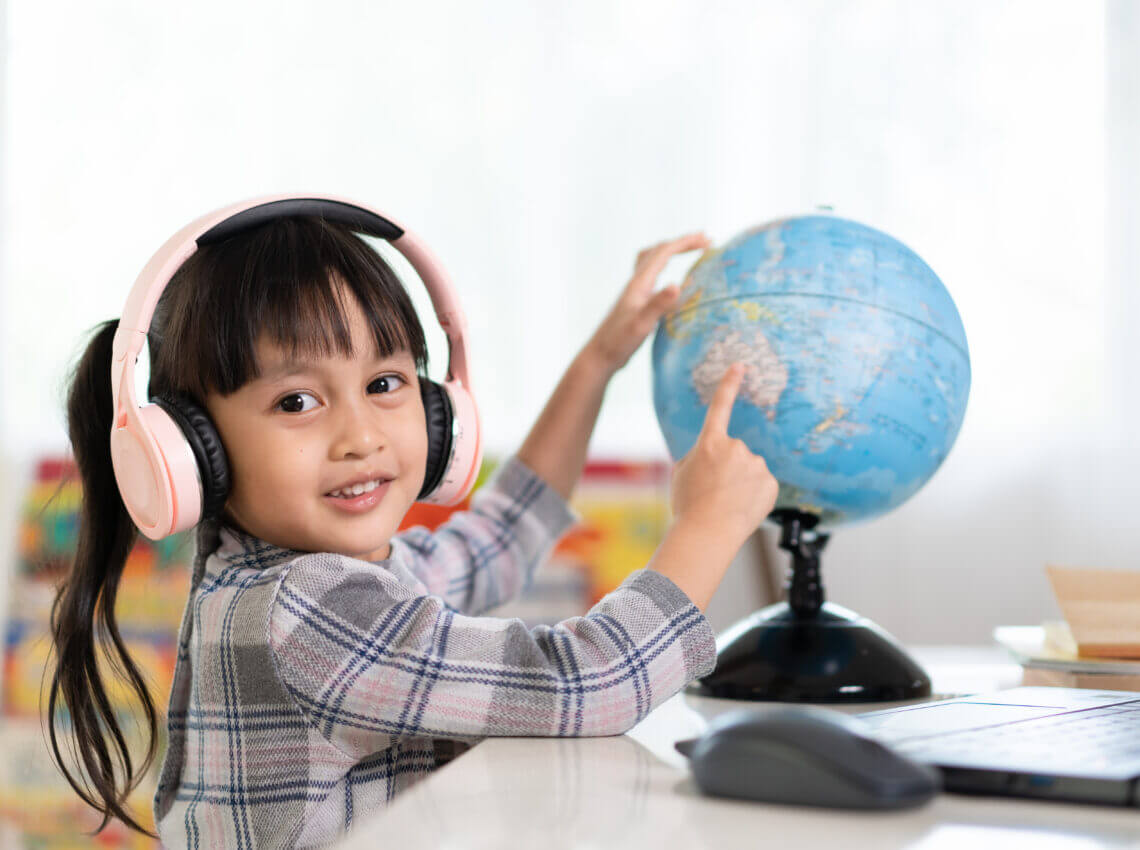The Advantages of Multilingual Education for Children’s Cognitive Development

Multilingual education is more than just a trend; it’s a powerful tool that can shape a child’s cognitive development in ways we’re only beginning to fully understand. In a world where borders blur and communication knows no bounds, equipping our children with multilingual skills isn’t just an advantage; it’s a necessity.
In this article, we’ll explore the manifold benefits of multilingual education, emphasizing its profound impact on cognitive growth.
The Cognitive Marvel: Benefits of Multilingual Education
Enhanced Problem-Solving Abilities
One of the primary benefits of multilingual education is its remarkable ability to enhance problem-solving skills in children. When a child learns multiple languages, their brain becomes a dynamic playground for processing information. It’s like having several keys to unlock different doors of understanding. This cognitive juggling develops their critical thinking and analytical capabilities, making them adept at finding solutions to complex challenges.
Cognitive Flexibility: A Mental Gymnastics
Multilingualism fosters cognitive flexibility, akin to a gymnast mastering intricate routines. When a child can effortlessly switch between languages, their mind becomes nimble and adaptable. This flexibility extends to other aspects of their lives, enabling them to embrace change, adapt to new environments, and approach problems from various angles.
Multilingualism and Memory: A Symbiotic Relationship
The link between multilingual education and memory development is fascinating. Learning multiple languages stimulates memory centers in the brain, strengthening memory recall and retention. Imagine memory as a garden; multilingualism acts as the fertilizer that nurtures the growth of vivid, lasting memories.
Nurturing Linguistic Dexterity
Proficiency Across Cultures
A multilingual child is not just proficient in different languages; they are also culturally savvy. They gain a deep understanding of the nuances and subtleties that language carries within a culture. This linguistic dexterity paves the way for open-mindedness, empathy, and effective communication with people from diverse backgrounds.
Linguistic Creativity Unleashed
Think of language as a painter’s palette, and multilingualism as the key to unlocking a world of colors. Multilingual children are more adept at expressing themselves creatively. They effortlessly draw from a spectrum of words, idioms, and phrases, painting vivid pictures with their words. This linguistic creativity extends beyond language arts and influences their approach to problem-solving and innovation.
Multilingualism and Academic Excellence
Improved Test Scores
Numerous studies have shown that multilingual students tend to perform better on standardized tests. The cognitive gymnastics required for juggling multiple languages translate into enhanced math and reading skills. Multilingual children often excel in subjects that demand critical thinking and pattern recognition.
Multilingualism and the Brain
The brain of a multilingual child is like a finely tuned orchestra, each language a different instrument. This symphony of languages strengthens the brain’s executive functions, which are essential for tasks such as planning, problem-solving, and focusing. It’s akin to giving their brain a daily workout, resulting in improved overall cognitive function.
The Practical Side of Multilingualism
Career Opportunities Abound
In a globalized world, multilingualism is a ticket to diverse career opportunities. Employers value individuals who can navigate international markets and communicate with clients and partners in their native language. Multilingualism is an asset that opens doors to a broader spectrum of professions.
Fostering Inclusivity
Multilingual education promotes inclusivity. When children learn multiple languages, they can communicate with a wider range of people, breaking down language barriers and fostering a more inclusive society. This inclusivity extends to the classroom, where multilingual students often become ambassadors of cultural understanding.
Conclusion
Multilingual education is not just about mastering words; it’s about expanding horizons and enriching cognitive development. The benefits are multifaceted, ranging from enhanced problem-solving abilities to improved memory and academic excellence. Moreover, it nurtures linguistic dexterity and opens doors to a world of career opportunities.
As parents and educators, it’s our responsibility to recognize the immense potential of multilingual education. By investing in the linguistic growth of our children, we empower them to thrive in a globalized world, where the ability to bridge cultures and communicate across borders is an invaluable skill. So, let’s embrace the cognitive marvel that is multilingual education and unlock a brighter future for the generations to come.











